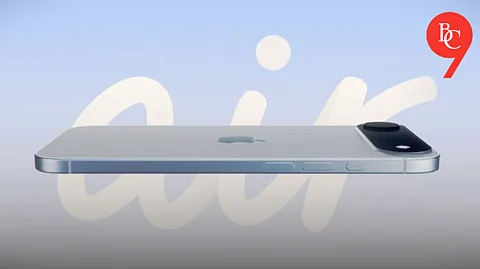

Apple’s upcoming mind-control feature leverages BCI technology, which creates a direct communication pathway between the brain and digital devices. The core of this system is Synchron’s “Stentrode,” a stent-like device implanted in a blood vessel above the brain’s motor cortex. The Stentrode is equipped with electrodes that detect neural signals associated with movement or intent.
Once implanted, the Stentrode captures these brain signals and transmits them to the iPhone, where specialized software decodes the signals into digital commands. This allows users to perform actions such as selecting icons, navigating menus, or even typing-without any physical movement or voice commands.
The primary goal of Apple’s BCI initiative is to empower individuals with severe mobility impairments, such as those with amyotrophic lateral sclerosis (ALS), spinal cord injuries, or stroke survivors. For these users, traditional input methods like touchscreens or voice assistants may not be accessible. By enabling direct brain-to-device communication, Apple is opening up new possibilities for independence and digital interaction.
Synchron’s technology has already been tested in several patients, with the U.S. Food and Drug Administration (FDA) granting it “breakthrough” status for its potential to transform the lives of people with disabilities. Apple’s collaboration with Synchron aims to establish a universal standard for brain-controlled device interaction, which will be made available to developers later in 2025.
Apple plans to integrate mind-control capabilities into its existing accessibility framework, particularly through the “Switch Control” feature. Switch Control currently allows users to operate devices using adaptive hardware like joysticks or head-tracking, but the new BCI protocol will add brain signals as a direct input method.
This integration will extend across iPhones, iPads, and even Apple Vision Pro headsets, marking a new era in user-device interaction. Early demonstrations have shown users with Stentrode implants successfully navigating screens and selecting icons on Apple devices using only their thoughts.
While the technology is groundbreaking, it is still in its early stages. Current capabilities are primarily limited to basic navigation and icon selection, rather than rapid text input or complex gestures. However, Apple and Synchron are working to refine the interface, improve accuracy, and expand the range of possible interactions as the technology matures. The broader vision includes making this technology available to a wider audience and eventually supporting non-invasive BCI solutions as the field advances.
Apple’s move into mind-control interfaces places it in direct competition with other neurotechnology pioneers, such as Elon Musk’s Neuralink. However, Apple’s approach, focused on accessibility and practical integration with mainstream consumer devices, could set a new standard for inclusive technology.
